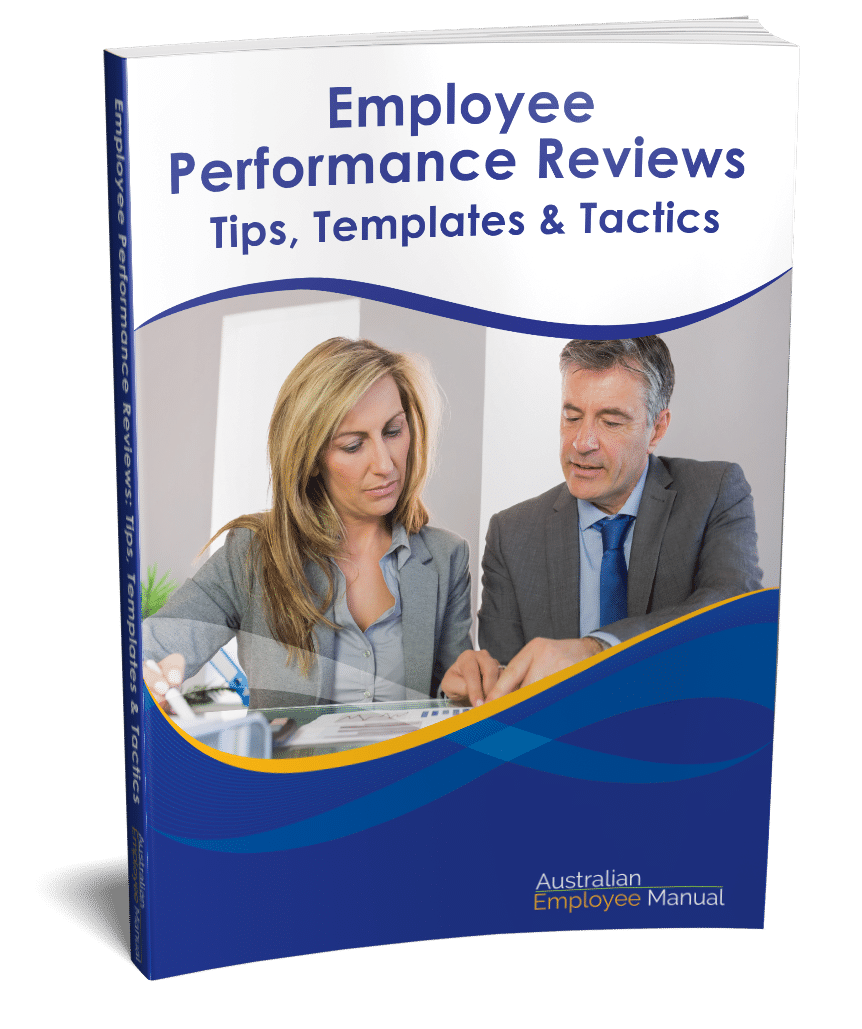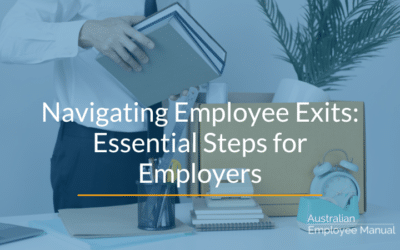Most discussions about succession planning focus on discussions about employees nearing retirement. However, these discussions neglect the everyday successions that happen in business.
By this, I mean the sort of succession that happens:
- When a manager goes on holiday and someone steps into their shoes to fill in while they are away.
- When someone gets promoted or transferred to another role.
- When someone resigns.
These types of successions happen almost every month in most businesses, and yet very little thought is often given to effectively managing the changing of the guard.
What generally happens is that on the last day (if lucky), the manager grabs the nearest person with a pulse and, in their last half an hour in the building, verbally downloads the status of projects/cases that they remember and then head out the door.
The employee left behind has a page of scribbled dot point notes but no context for the information. They generally have no background and no understanding of the matters discussed, so they struggle with understanding what to do.
They didn’t know enough about the cases or projects to ask sensible questions, to locate the files and emails on the computer and the filing cabinet or track down the contacts and phone numbers they need.
They just hope they won’t be called on while the person is away to answer any tough questions (and secretly hope that there is mobile phone reception where the manager is holidaying just in case they need to call).
Generally, someone leaving on holiday or on promotion is not a surprise. So why do businesses always act as if it is a last-minute thing? There has to be a better way!
There are three parts to effectively managing a succession:
- Identifying suitable candidates to replace the role.
- Ensuring candidates have the skills and ability to fill the role.
- Ensuring candidates have the content knowledge to take up the role with minimal downtime.
Here are some tips on things to consider when managing a succession.
Identifying suitable candidates
Identifying suitable candidates can be as simple as talking with staff about “who thinks they are up for the role” or as complex as detailed assessments and profiling potential candidates through a formal selection exercise. The rule of thumb is to keep the process as transparent and straightforward as possible.
You may want to organise expressions of interest for each opportunity as it comes up rather than have a formal succession list as a strategy to keep things transparent and ticking over.
In all succession planning, it is best to identify a few potential candidates for each critical role. People leave, take holidays and get caught up in their projects, so they may not be released when needed. It always helps to have back-up plans in place.
Be clear that the identification of potential candidates does not mean automatic appointment when the position becomes vacant. You want to keep your options open in case the needs of the role change.
You need to manage the fall-out from people who have NOT been identified as suitable. I have seen many such people leave a company once they have been branded as “not officer material”.
Skills & Ability
The best technicians do not automatically make the best managers. Most people need some form of development to help them grow into management roles.
As part of annual performance review processes, you may want to consider building formal management development processes for people who have the potential for succession.
Content Knowledge
For many businesses, knowledge management is just the information contained in people’s heads. The trouble is when an employee walks out, all of their corporate knowledge goes with them. This knowledge needs to be captured.
Whether your business is small or large, you need to think about knowledge management systems and processes.
You need to consider documenting critical processes, procedures and contacts to stop this brain drain. Businesses are moving too fast to allow long lead times to relearn information.
Part of all managers’ responsibilities should include documentation of critical knowledge, procedures and contacts.
All critical files need clear notes on the status of each project and process. This can be through simple handwritten progress notes, computer notations or formal knowledge management software.
Many business consultants can help businesses get their critical processes documented if your business needs a hand getting started.
In conclusion, managers should be assessed as part of their annual employee performance review on their ability to groom successors, manage successions smoothly, and cover their holidays without disaster. If they are held accountable for ensuring a smooth transition, the last-minute download will hopefully become a relic of the past.




